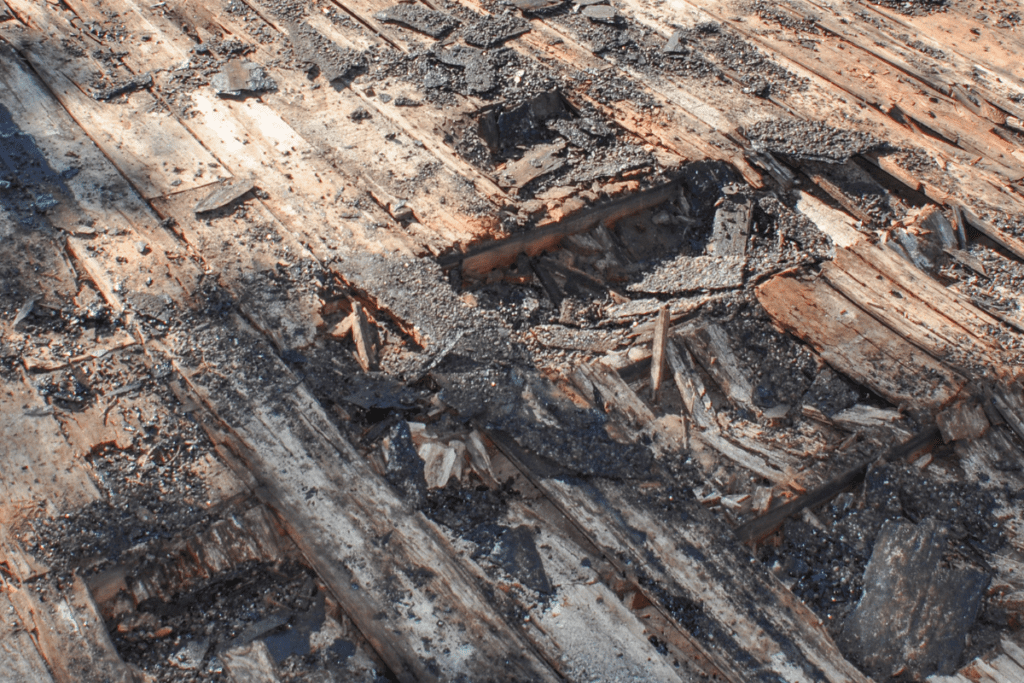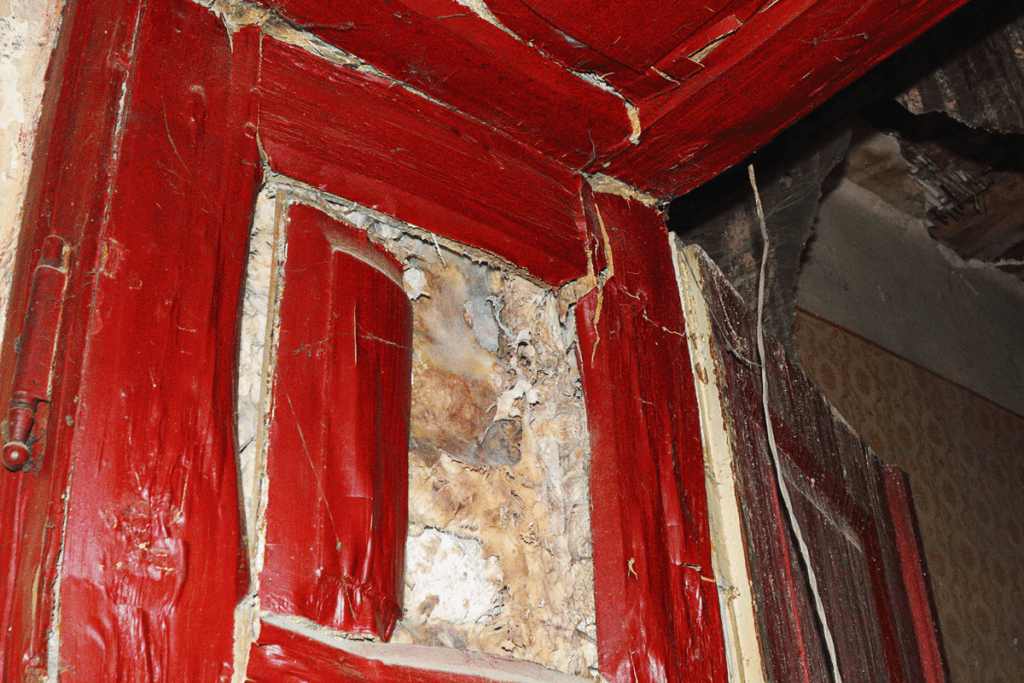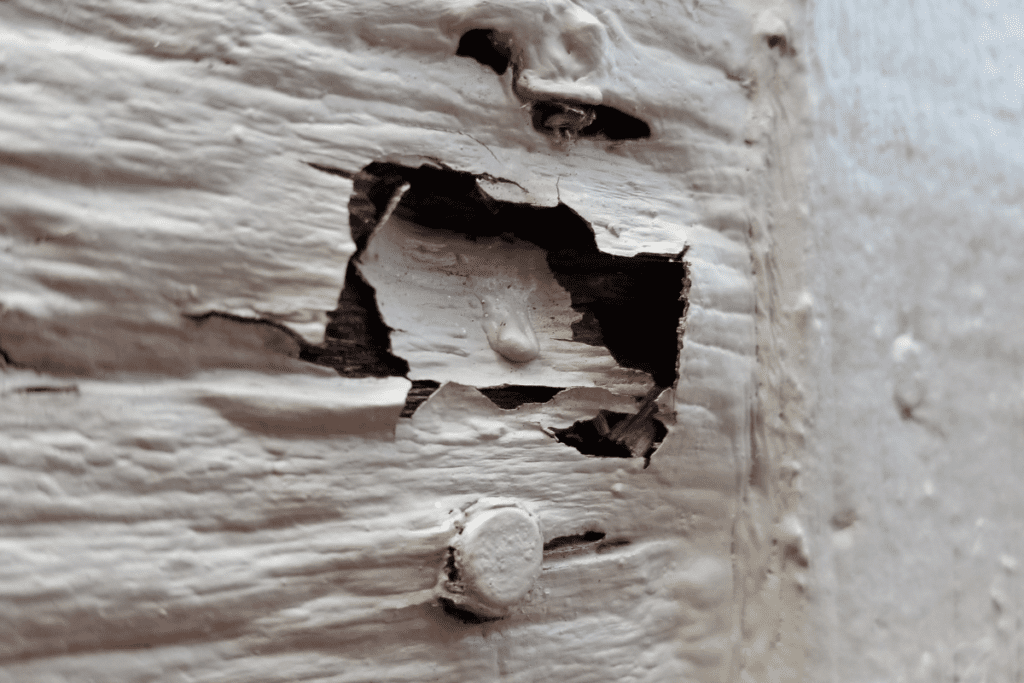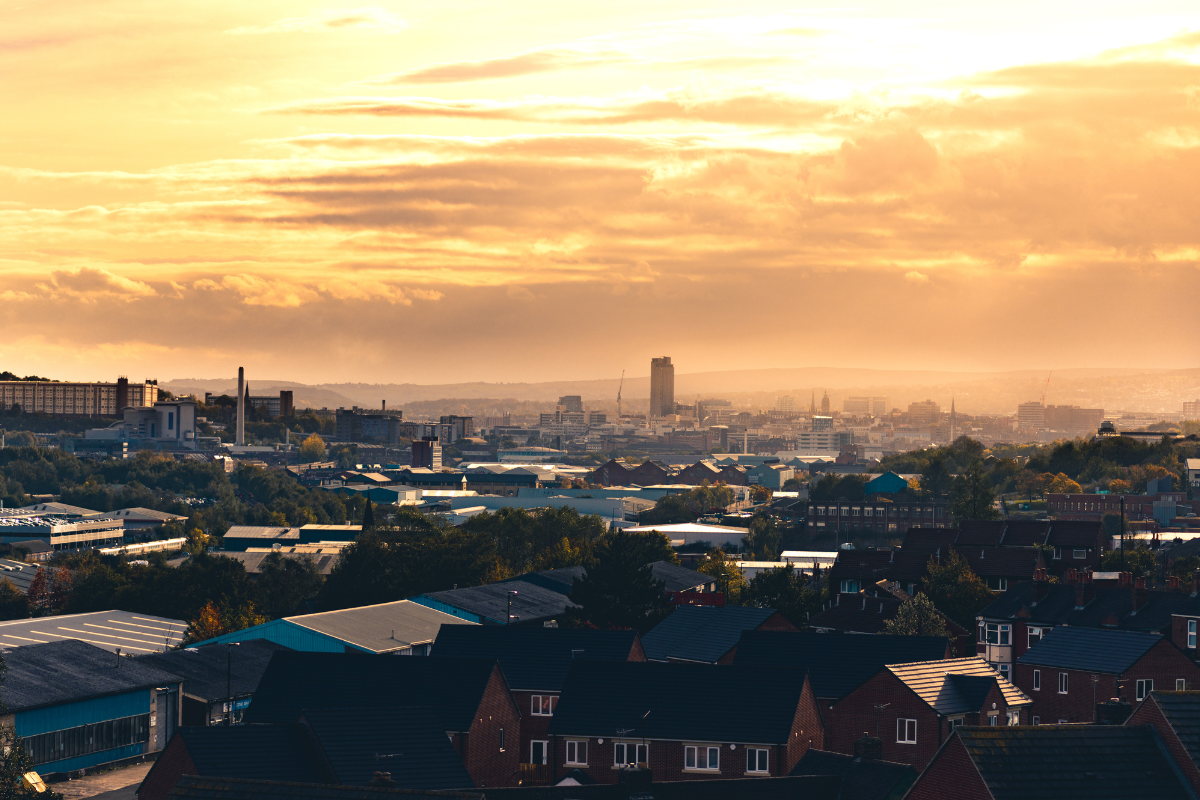Contrary to its misleading name, dry rot is a byproduct of damp conditions, specifically a wood fungus known scientifically as ‘Serpula lacrymans’. It’s naturally prevalent in woodland timber, but also tends to impact wooden structures of buildings, compromising their integrity. Beyond mere structural concerns, the underlying dampness facilitating dry rot can have repercussions on one’s health, adding to the need to tackle it effectively. This guide aims to provide insight into what dry rot is, what causes it and how to the spot signs. It also provides guidance on what to do if you suspect dry rot in your home.
What is dry rot?

Dry rot is a type of fungal decay, which is caused by spores that are present in existing structures within the home, including timber frames. Spores spread in contact with moisture causing wet and dry rot. Dry rot is a term that causes heart rates to rise. Dry rot is never good news. Whether you are selling your home, or you’re hoping to buy and a house survey has identified signs of dry rot, it’s wise to know what to do next.
Dry rot can start to develop when the moisture content of the surface, usually timber, reaches 20%. Wet rot develops once moisture levels reach 50%.
What is the main cause of dry rot?
The primary instigator of dry rot in properties is, rather ironically, moisture. Despite its somewhat misleading name, dry rot stems from the interaction of airborne fungal spores with timber that has a moisture content exceeding 20%. In the presence of this dampness, the spores germinate, giving rise to grey root-like structures known as hyphae. As these hyphae proliferate, they evolve into a mycelium, enveloping the timber with a cotton-wool-like substance. This moisture can arise from various sources, but common culprits include:
1. Inadequate ventilation
A lack of proper airflow can lead to trapped humidity, offering an ideal environment for the fungus that thrives in humid conditions.
2. Water ingress
Whether through leaking roofs or other avenues, the introduction of water into the wooden sections of buildings can kickstart the rotting process.
3. External moisture sources
All wood-decaying fungi, including those responsible for dry rot, require a minimum amount of moisture to initiate decay.
Addressing these sources of moisture is crucial to preventing and combatting dry rot in properties.
How serious is dry rot?
Dry rot is a top concern for property and homeowners. Once it begins, it can be difficult to get rid of. And in advanced stages, it can cause significant decay that compromises a building’s structure. This can even reach the point where collapse is possible.
Fundamentally, dry rot transpires when excess moisture accumulates on wooden structures, facilitating the growth of detrimental fungi. This fungus then aggressively climbs the wood, breaking down its constitution and leading to its degradation. Given the severe implications for both property value and safety, dry rot is undeniably a matter of significant concern.
What are the first signs of dry rot?

Dry rot can be difficult to spot because it tends to develop in areas that are not visible or accessible, such as behind walls, under flooring and in basements and attics. Signs a surveyor may look for when doing a house survey include:
- Cotton-wool like structures, which are either white or grey: this is known as mycelium
- Warped timber and shrinkage
- Damp, musty odours
- Fruiting bodies, known as sporophores, which resemble large mushrooms
- Deep cracks in the timber
- Patches of yellow-orange spore dust
How do you get rid of dry rot?
Research conducted by the Property Care Association suggests that dry rot is becoming more commonplace in the UK. As timber accounts for up to 70% of the framework and fabric of most houses, and our homes are exposed to moisture and damp through frequent rainfall, it’s no surprise that dry rot is common.
The best way to treat dry rot is to prevent it from accessing moisture and food. The first step is to check for a source of excess moisture, such as a leak or damp caused by damage to the roof or a faulty pipe. Once moisture levels fall, the second step is to remove and replace the damaged wood. New wood should be sanitised and it’s wise to contact professionals to undertake this job. Experts will inspect the timber and discuss how much needs to be removed and give you a quote. Once you have treated dry rot, you can follow advice and instructions to minimise risks in the future and protect your home.
When dealing with dry rot, it is essential to seek expert advice. If you are selling your home, it is a good idea to get the issue checked out before you accept an offer and a buyer arranges a building survey. If you are buying a property and the house survey identifies signs of dry rot, consult your surveyor and get quotes for dry rot treatment. You might decide that you don’t want to proceed with the sale, or you may want to renegotiate with the seller.
Dry rot is one of those terms that send buyers and sellers into a panic. Dry rot is not good news, but there are ways to treat and manage the problem. If you spot signs of dry rot in your home, or your house survey flags issues, seek expert advice as quickly as possible.
By obtaining a home survey, a RICS Chartered Surveyor can help assess whether dry rot is present in your home and provide advice on what is causing it. They will use their expert opinion to determine the best course of treatment.




